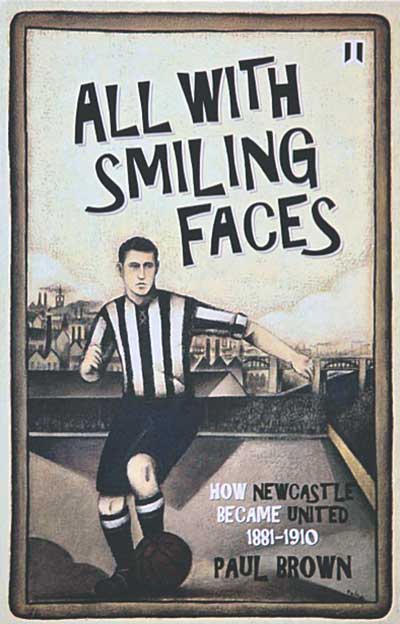 How Newcastle
became United
How Newcastle
became United
by Paul Brown
Goal Post, £10
Reviewed by Mark Brophy
From WSC 338 April 2015
Popularly, Newcastle United were founded in 1892 and in a way they were, for that was when the current name was adopted. But the club existed before that under other names, Stanley FC and Newcastle East End. This is their story from the beginnings 11 years earlier until the first FA Cup win in 1910. Though the facts are known, the first part especially has had little presence in the popular mythology of the club. Even the latter part, taking in three League titles as well as the aforementioned FA Cup win in the Edwardian era, has faded into history a little, certainly in the mind of this fan.
It’s a story which travels between two extremes, the club moving rapidly from a bunch of teenagers playing on sloping wasteground to professionals playing in the country’s top division. Along the way we learn the “United” name was pure PR. It’s commonly believed East End merged with their main local rivals West End to form Newcastle United, but East End merely took over West End’s lease on St James’ Park after they folded. The decision to change the name was meant to placate both sets of fans. There’s physical movement too, the club’s home shuffling around the city’s east end until finally settling at its present location.
The chronological tale is hung off the author’s visits in the present day to the club’s five home grounds and surrounding areas, various museums and a local theatre. The latter trip is to experience something like the atmosphere of watching the first footage filmed of the club in action, as spectators who attended the game against Liverpool in 1901 would have done later that evening, and there is atmosphere aplenty in this book. An effort is made to identify with the fans of the time, which perhaps is easy for a resident of the city and fan of the club to do. But it wouldn’t be impossible for anyone from an industrial city who supports their local team, such is the sense of community and shared experience.
This is a story about football though, with plenty of heroes. Outstanding players, shrewd secretary/managers, all spring to our attention, not least Colin Veitch, the long-serving captain of the club through their greatest days and a polymath in both the sporting and more conventional sense. He was an innovator as well as a truly versatile footballer, playing all over the pitch for Newcastle, and the book calls him “arguably the greatest player in the club’s history”. He was also a committed socialist, a founder of both the players’ union and a still-performing local theatre company, an actor and a musician.
It’s difficult in the circumstances not to contrast the drive for success in the first decade of the 20th century on display here, “boundless in its ambitious aims”, with the inertia and cynical refusal even to try for it today. For all that, this isn’t about glory. The most successful period of the club’s history is covered in only two chapters. More important is the journey, where the club came from and how they eventually got there.
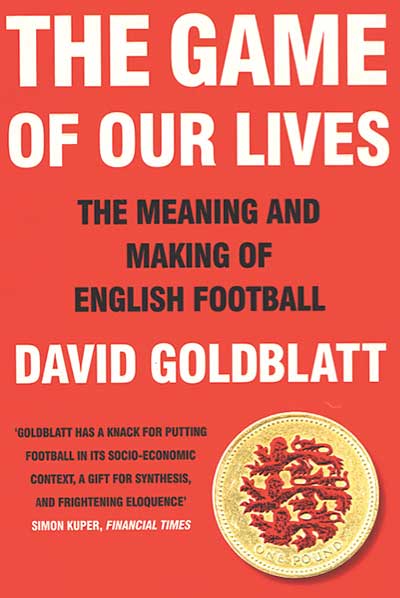 The meaning and making of English football
The meaning and making of English football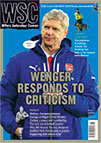 Manchester City have been mocked for low attendances but the criticism is a cheap shot which ignores glaring facts about their supporters, states Matthew James
Manchester City have been mocked for low attendances but the criticism is a cheap shot which ignores glaring facts about their supporters, states Matthew James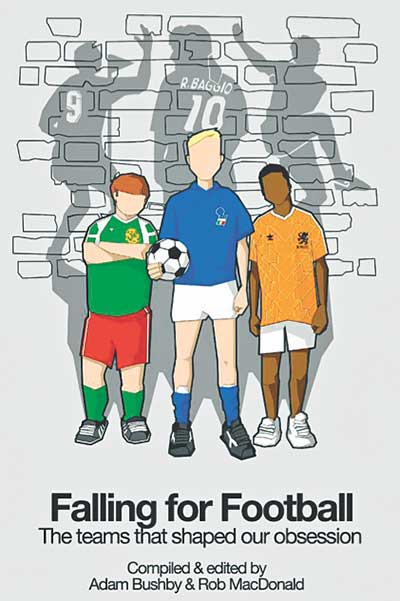 The teams that shaped our obsession
The teams that shaped our obsession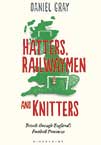 Travels through England’s football provinces
Travels through England’s football provinces